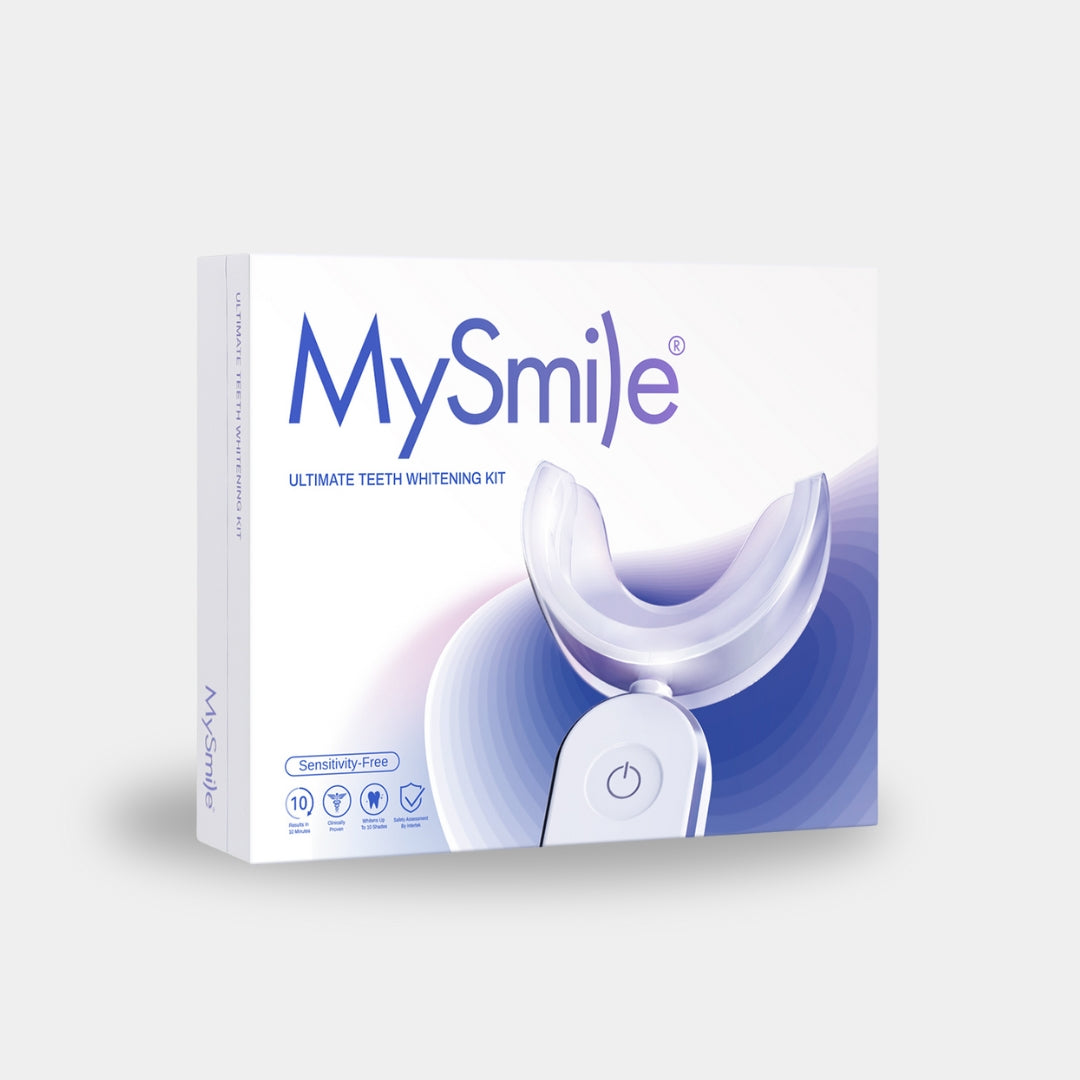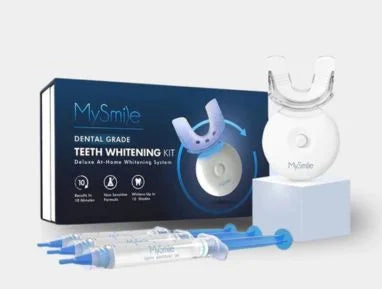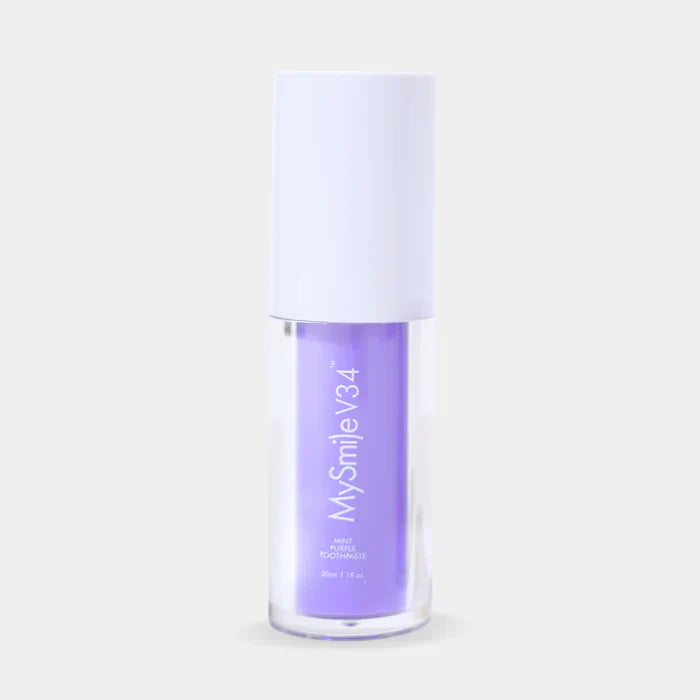Maintaining optimal oral hygiene is essential not just for a dazzling smile but also for overall health. While most people are diligent about brushing their teeth, it’s equally important to clean between your teeth. Traditionally, flossing was the go-to method, but today, many people are opting for a Waterpik flosser as an alternative. But is the Waterpik better than flossing? In this article, we’ll dive into the comparison of Waterpik vs flossing, and give you detailed insights into how to use a Waterpik correctly, its benefits, and how it measures up to traditional flossing.
Why Oral Hygiene Matters
Good oral hygiene is the foundation of not just a great smile but also better health. Failing to clean between your teeth can lead to plaque buildup, cavities, and even gum disease. This, in turn, increases your risk for heart disease and other systemic health issues. While brushing is a key part of the routine, how to use a Waterpik or traditional flossing is essential for maintaining overall oral health.
What is a Waterpik?
A Waterpik for teeth is a water flosser that uses a stream of pulsating water to remove food particles, plaque, and bacteria from between your teeth and along the gumline. It is an effective alternative for people who find traditional flossing difficult or uncomfortable. Waterpik vs flossing is a common debate, but the Waterpik has been proven to be just as effective, if not more, when used correctly.
How Does a Waterpik Work?
The device uses pressurized water to clean the hard-to-reach areas between your teeth. The pulsating stream helps to wash away debris and reduce plaque buildup. A Waterpik flosser is also a gentle tool for gum health, as it massages the gums, promoting better circulation and reducing inflammation.
Waterpik vs Flossing: Key Differences
Both the Waterpik flosser and traditional flossing have their advantages, but they also have some limitations. Here's a breakdown of the key differences:
1. Ease of Use
Using a Waterpik is relatively simple. You just aim the nozzle at your gumline and between your teeth, turning the device on to begin the pulsating water stream. On the other hand, how to use a Waterpik is easier for some people than flossing, especially if you have braces, crowns, or dental implants.
2. Effectiveness
Flossing is highly effective at scraping plaque from between your teeth, but it may not be as effective at flushing away bacteria and food particles as a Waterpik flosser. The Waterpik has been shown in studies to reduce plaque and gingivitis more effectively than flossing alone.
3. Sensitivity
For those with sensitive gums, a Waterpik for teeth may offer a more comfortable solution, as it’s gentle and doesn’t involve the potential discomfort of threading a string of floss between tight spaces.
4. Cost and Maintenance
A Waterpik can be more expensive than a simple spool of dental floss, and regular maintenance is necessary to keep it functioning. You need to know how to clean a Waterpik properly to ensure its longevity and effectiveness.
Wondering whether Waterpik vs. flossing is right for you? Learn more about the benefits and differences to decide which is best for your oral care routine.
4. How to Use a Waterpik Correctly
If you’re considering using a Waterpik flosser, here’s a step-by-step guide on how to use a Waterpik correctly:
-
Fill the Reservoir: Fill the Waterpik’s reservoir with lukewarm water. You can also add mouthwash for extra freshness.
-
Choose the Right Tip: Attach the appropriate tip for your needs. Most Waterpiks come with various tips for different uses (e.g., orthodontic tips for braces).
-
Set the Pressure: Choose a low-pressure setting to start. Once you're comfortable, you can increase the pressure.
-
Position the Tip: Place the tip in your mouth, aiming it at the gumline. Keep the tip just above the gumline, allowing the pulsating water to clean between your teeth and along the gumline.
-
Start Cleaning: Turn the Waterpik on and move the tip slowly from tooth to tooth, making sure to clean all areas between your teeth.
-
Finish and Rinse: After you've cleaned your teeth, rinse your mouth with water or mouthwash to remove any remaining debris.
Looking for the best water flosser to enhance your oral care routine? Check out our detailed guide on finding the perfect water flosser for your needs here.
5. How to Clean a Waterpik
Maintaining your Waterpik flosser is crucial for ensuring its effectiveness. Here's how to clean a Waterpik:
-
Empty the Reservoir: After each use, pour out any remaining water to prevent bacterial growth.
-
Rinse the Tip: Remove the tip and rinse it under warm water to clear away any debris.
-
Disinfect the Reservoir: Clean the reservoir weekly using a mild soap solution or a vinegar-water mixture. You can also use a Waterpik-specific cleaning solution for deeper cleaning.
-
Check for Mineral Build-Up: If you live in an area with hard water, you might notice mineral buildup in the reservoir or nozzle. Use a mixture of white vinegar and water to dissolve any deposits.
-
Dry It Properly: After cleaning, dry the device and nozzle to prevent any bacteria or mold growth.
The Best Waterpik For 2025: Which One to Choose?
There are several models of Waterpik available on the market, but which one is the best Waterpik for you?
-
Waterpik Aquarius: This model is one of the most popular and comes with several pressure settings, a timer, and a variety of tips.
-
Waterpik Cordless Advanced: For those on the go or with limited counter space, this portable model is an excellent choice.
-
Waterpik Complete Care: This all-in-one device combines a toothbrush and water flosser for a more comprehensive oral care routine.
When choosing a Waterpik, consider your specific needs, such as whether you have braces, need a cordless model, or want a built-in timer for better tracking.
7. Waterpik vs Flossing: Which Is Better?
So, is a Waterpik better than flossing? The answer depends on your oral care needs. While Waterpik for teeth is effective and easy to use, especially for people with dental work or sensitive gums, traditional flossing still holds its place as the go-to option for plaque removal. If you’re looking for a more thorough cleaning and a way to maintain gum health, using a Waterpik flosser can complement traditional flossing and brushing.
For those who find flossing difficult or uncomfortable, or for individuals with braces, crowns, or implants, the Waterpik may be the ideal solution. However, combining the use of both tools can offer the best results.
8. Conclusion
Both a Waterpik flosser and traditional flossing are effective tools for maintaining oral hygiene. Waterpik vs flossing comes down to personal preference, convenience, and specific oral health needs. If you want a quick, gentle, and efficient way to clean between your teeth, the Waterpik is an excellent choice. Just make sure to follow the steps for how to use a Waterpik correctly and properly clean the device afterward to maintain optimal performance.
MySmile Teeth Whitening Product is a powerful yet gentle solution for achieving a brighter, whiter smile at home. Designed to remove stubborn stains and discoloration, MySmile’s teeth whitening formula delivers professional-grade results without the need for costly dental visits. With easy-to-use applications and fast results, it’s the perfect addition to your oral care routine. When combined with tools like Waterpik for teeth and regular flossing, you can enjoy a healthier, more radiant smile every day.
FAQs
Can a Waterpik replace flossing?
No, a Waterpik can be used as a supplement to flossing, but it doesn't replace the effectiveness of floss at removing plaque from between your teeth.
How often should I use a Waterpik?
You should use a Waterpik at least once a day to ensure thorough cleaning between your teeth and along your gumline.
Is a Waterpik safe for people with braces?
Yes, a Waterpik is an excellent tool for people with braces, as it can clean around the brackets and wires more effectively than traditional floss.
How can I prevent my Waterpik from getting clogged?
Make sure to clean your Waterpik regularly to prevent buildup. Always empty the reservoir and rinse it after each use, and clean the nozzle and the internal parts weekly.









